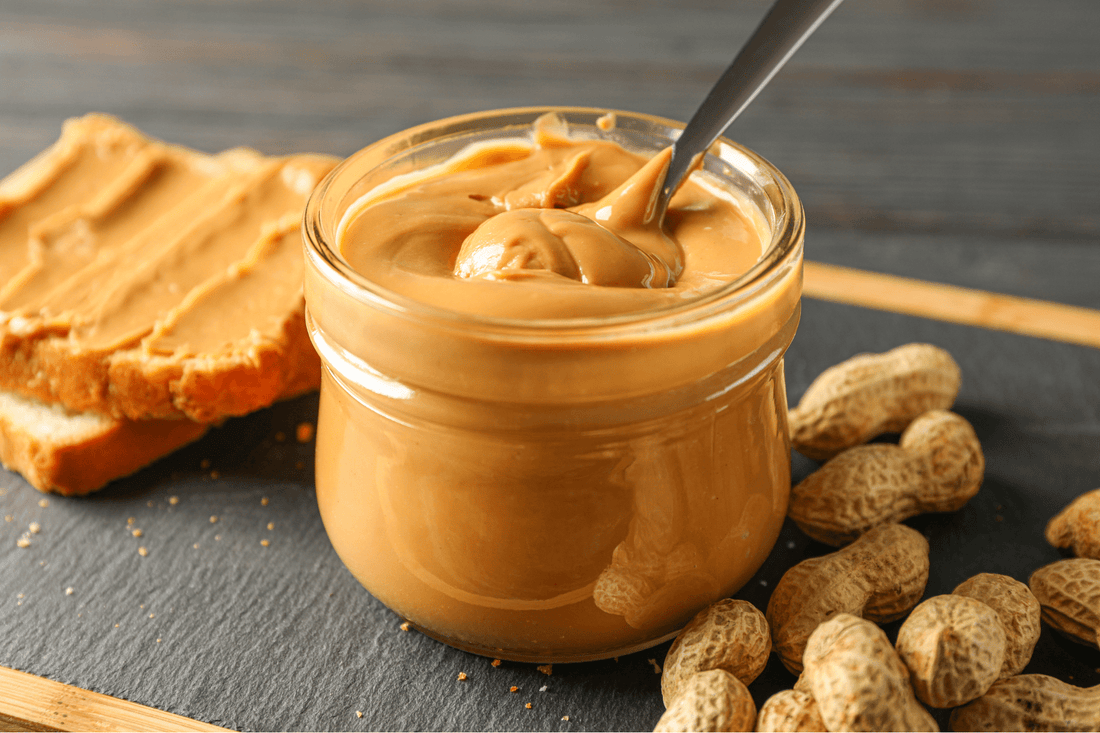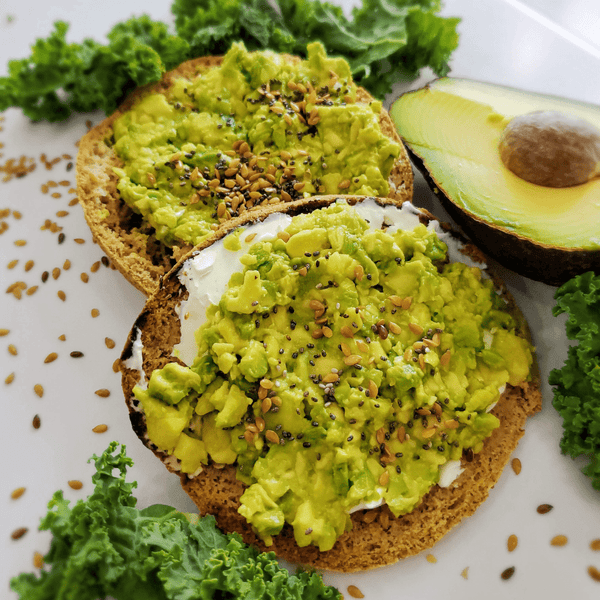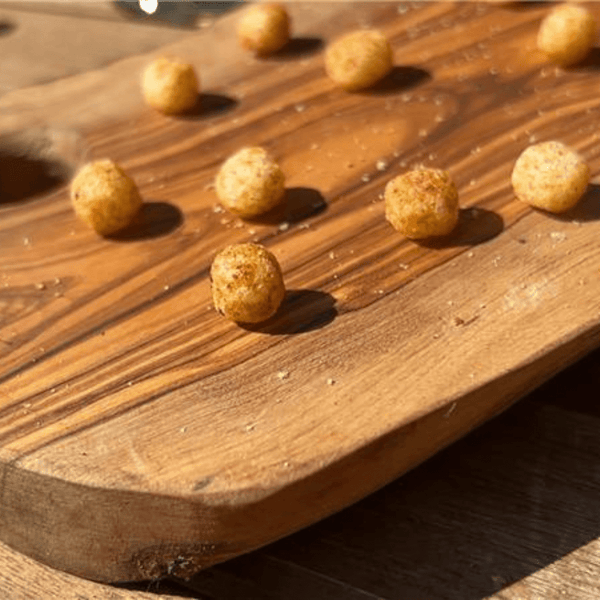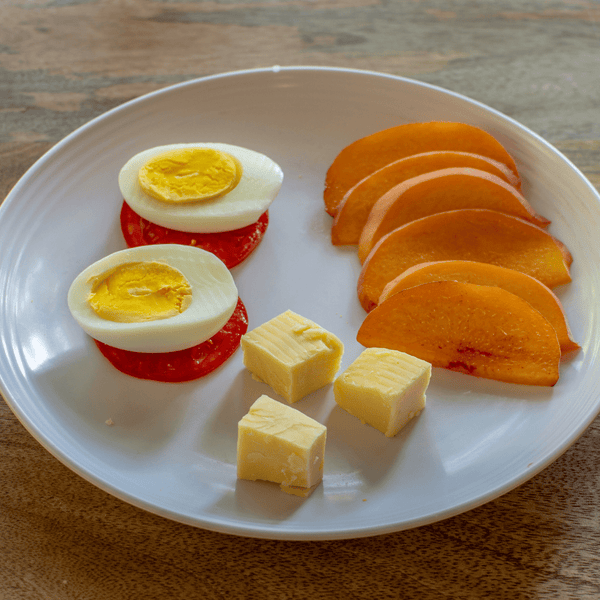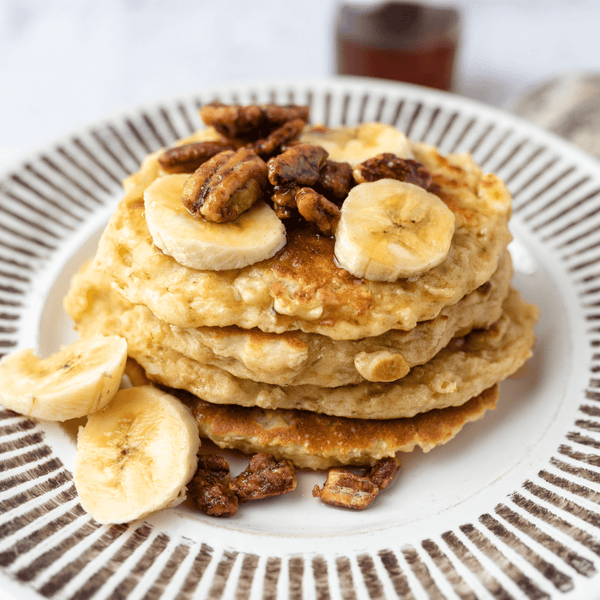Lowest-Calorie Peanut Butter: A Healthier Way to Enjoy Your Favorite Spread
Who doesn’t love peanut butter?
Whether it’s slathered on toast, dipped with apple slices, or scooped straight from the jar (no judgment here!) it is a pantry staple for many. But as delicious as it is, peanut butter comes with a catch: calories! Lots of them, making it a guilty pleasure for those trying to watch their waistlines.
Thankfully, there exists a low calorie version of this classic spread which can help you enjoy all the goodness of peanut butter without the hefty calorie count.
But what exactly is low-calorie peanut butter, and how does it stack up against the traditional kind?
Let’s dive in and explore!
What is Low-Calorie Peanut Butter?
First things first, what makes low-calorie peanut butter “low calorie”?
While traditional peanut butter packs about 190-200 calories per 2-tablespoon serving, low-calorie options generally offer anywhere from 90 to 130 calories per serving.
But how does it manage to cut down on calories?
It all comes down to reducing the fat content. You see, peanuts are naturally high in fats- mostly healthy fats like monounsaturated fats, which are great for heart health. However, since fat is more calorie-dense than protein or carbs (9 calories per gram compared to 4), low-calorie peanut butter often reduces fat by removing some of the natural oils in peanuts.
Some products replace the oils with other ingredients that maintain a creamy texture without the added calories.
Also Read: Low Calorie Snacks for Weight Loss
Nutritional Breakdown: Low-Calorie vs Regular Peanut Butter
Let’s get a little nerdy with the numbers here.
A regular 2-tablespoon serving of peanut butter is loaded with nutrients but also comes with about 190-200 calories, 16 grams of fat, 7 grams of protein, and 3 grams of sugar. Most of the fat content is healthy, but those calories can add up fast.
Now, compare that to low-calorie peanut butter, which often reduces calories by half. A similar 2-tablespoon serving might have 100-130 calories, 4-10 grams of fat, and similar amounts of protein. The protein content tends to stay strong because peanuts are naturally protein-rich, and thankfully, many low-calorie versions preserve this essential nutrient.
But, here’s where it gets interesting: some brands might use additional ingredients, like thickeners or stabilizers, to maintain the creamy consistency that makes peanut butter so irresistible. You’ll want to keep an eye on labels because not all low-calorie peanut butter is created equal. While some brands stick to natural ingredients, others may sneak in artificial sweeteners or oils.
Just make sure to be mindful of these added ingredients.
Myths About Low-Calorie Peanut Butter

Because low-calorie peanut butter is still a relatively new player on the market, a lot of myths surround it.
Let’s clear up some of them:
1. Low-Calorie Peanut Butter Doesn’t Taste Good
Many people assume that reducing calories equals reducing quality, but that’s not necessarily true.
While it’s true that some low-calorie snacks might not taste exactly the same as the classic versions, many brands have mastered the art of balancing flavor with fewer calories.
Powdered peanut butter, for instance, has a distinctly nutty flavor and can be mixed to your desired consistency, whether you like it smooth or chunky.
2. Artificial Ingredients Are Always Present
This one’s a biggie. It’s easy to assume that cutting calories means replacing natural ingredients with artificial ones, but that’s not always the case. There are low-calorie peanut butters out there that stick to simple, natural ingredients.
Look for brands that are transparent about what’s inside- these will often use processes like reducing oil content rather than adding synthetic fillers.
3. Low-Calorie Means Low Protein
One of the best things about peanut butter is its high protein content. It’s a fantastic plant-based protein source, making it a go-to for vegetarians, vegans, and anyone looking for a protein boost.
Luckily, most low-calorie peanut butters still maintain a decent amount of protein, even if they’re cutting down on fats and oils. You don’t have to sacrifice your protein intake just because you’re opting for fewer calories.
How Is Low-Calorie Peanut Butter Made?
The process of making low-calorie peanut butter isn’t as complicated as you might think, but it does involve a few key differences from the traditional method.
Oil Removal or Reduction
One of the primary ways manufacturers lower the calorie content is by removing some of the natural peanut oil. Since oil is calorie-dense, reducing or removing it significantly lowers the overall calorie count.
In some cases, the oil is replaced with water or other low-calorie ingredients to maintain that familiar creamy texture.
Blending with Low-Calorie Ingredients
To ensure the consistency of peanut butter stays smooth and spreadable, manufacturers might blend in thickeners like xanthan gum or cellulose, which add texture without adding calories.
In some cases, low-calorie sweeteners or flavor enhancers are used to make up for the slight changes in taste that come from lowering the fat content.
Powdered Peanut Butter as a Low-Calorie Alternative
Another version of low-calorie peanut butter comes in powdered form. This involves roasting the peanuts and pressing out the oil, leaving behind a peanut protein powder. To turn it into a spread, you simply add water.
Powdered peanut butter can have as few as 45-60 calories per serving, making it one of the lowest-calorie ways to enjoy peanut butter flavor.
DIY Low-Calorie Peanut Butter at Home
If you’re a fan of homemade everything or just want full control over what goes into your peanut butter, you’ll be happy to know that making your own low-calorie version is not only possible but also pretty easy.
Here’s a simple way to do it:
Ingredients:
- 2 cups of roasted peanuts (unsalted)
- A dash of salt (optional)
- Water (to adjust consistency)
- 1 tablespoon peanut oil (optional, for a creamier texture)
Instructions:
- Step 1: In a food processor, blend the peanuts until they form a thick paste. You’ll need to blend for several minutes, scraping down the sides as needed.
- Step 2: Once the peanuts start to release their oils, you’ll notice the paste becoming smoother. If you prefer a creamier texture, add the peanut oil.
- Step 3: For a lower-calorie version, add a little water instead of oil to adjust the consistency. Continue blending until smooth.
- Step 4: Add a pinch of salt if desired, and transfer the peanut butter to a jar. Store in the fridge for up to 2 weeks.
Peanut Butter Bars from 100 Calorie Snacks

Ever wished you could indulge in a delicious snack without worrying about all the calories, sugar, and guilt?
Well, say hello to 100 Calorie Peanut Butter Bars.
The deliciousness of peanut butter, a delicious high protein snack under 100 calories is now packed into a convenient, no-hassle bar that’s only 100 calories and packed with 6g of protein! What more could you ask for?
These bars are creamy, loaded with organic unsweetened chocolate chips, and made with all-natural, non-GMO ingredients. They’re vegan, gluten-free snacks, and keto-friendly with just 3g of net carbs. Plus, with 0% added sugars or sugar alcohols, you get pure, natural sweetness minus the guilt, or the weird aftertaste.
On top of that, these bars are packed with extra goodness like ashwagandha for stress relief and amla (Indian gooseberry) for an immune boost. With 4g of fiber, they’ll keep you full longer, making them the perfect grab-and-go snack whether you’re on the run or need a quick energy boost.
But let’s be real. All the health benefits in the world won’t matter if a snack doesn’t taste good, right? Luckily, the Peanut Butter Bars from 100 Calorie Snacks are super delicious, with a perfectly creamy texture that makes each bite pure joy. The combination of peanut butter and organic chocolate chips hits that sweet spot between savory and sweet, while still feeling light and satisfying.
All the flavor and none of the fuss! Just pure peanut-buttery goodness in a perfectly balanced bar!

